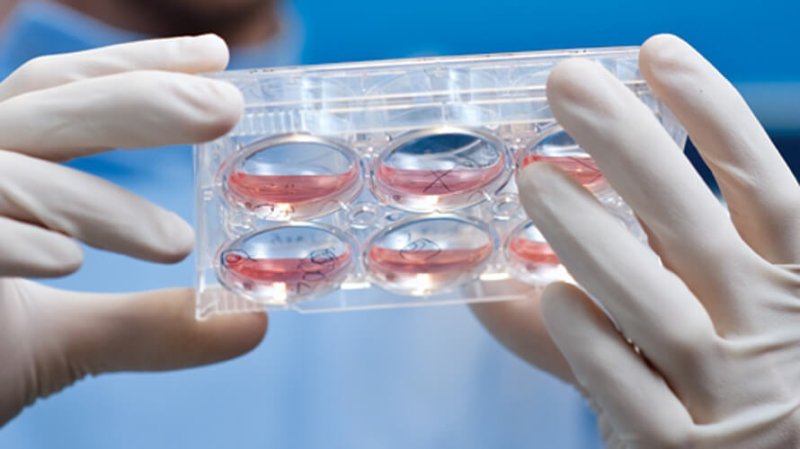Scientists are using stem cells to create clumps of cells that increasingly resemble bits of brain, lungs, or intestine. […] Now some like [mechanical engineer Yao] Shao are finding it’s possible to mimic the embryo itself.
…
[Human] embryoids represented only a part of the embryo. While they had the beginnings of an amniotic sac, they lacked an entire lineage of cells, called trophoblast, whose role is to make the placenta. And inside the clump of cells that constitutes an embryo proper, the researchers detected only one of three key types needed to make a complete body.…
No human embryo is studied beyond two weeks, or past when the primitive streak forms, whichever comes first. […] But scientists are prepared to argue that their structures aren’t real embryos, and that they should be able to stretch the limit.
…
[S]ynthetic embryology might eventually help engineers grow complete human organs. “I am not talking about a human body without a brain. But what is a true possibility is you could develop a mini-gut or a mini-liver, since the embryo develops them, too. And if you have the primitive organs, they could grow into a functional one,” [professor Jianping] Fu predicts.The GLP aggregated and excerpted this blog/article to reflect the diversity of news, opinion, and analysis. Read full, original post: Artificial Human Embryos Are Coming, and No One Knows How to Handle Them































